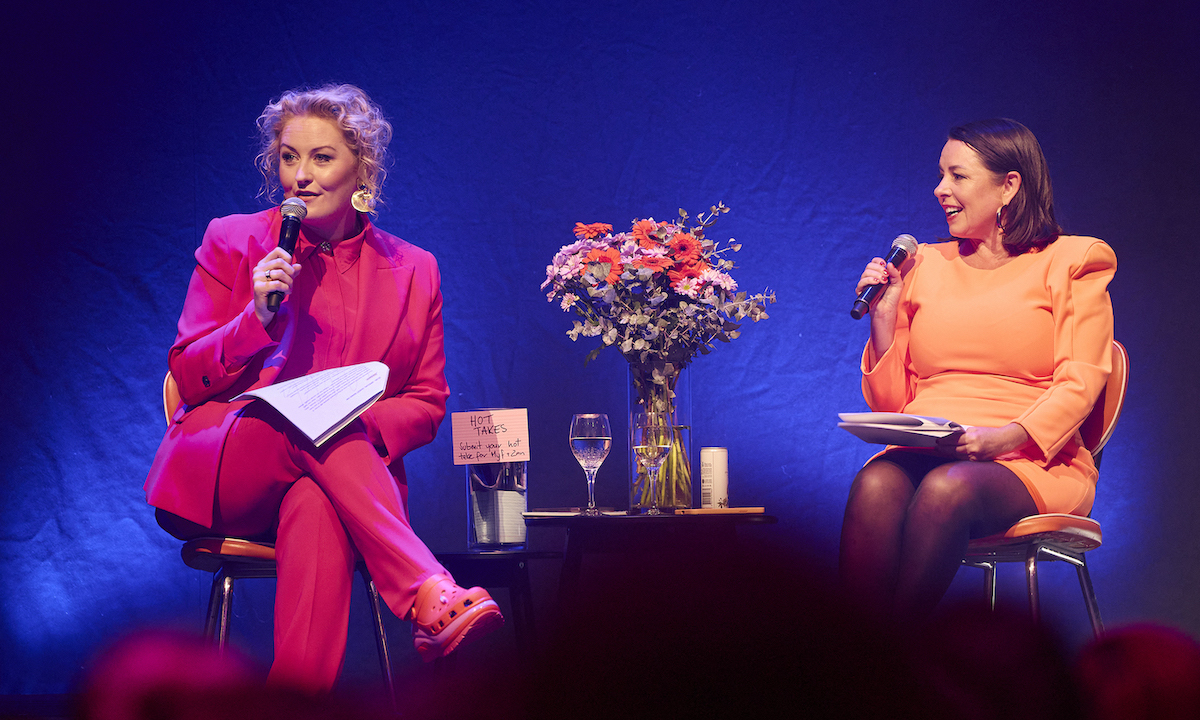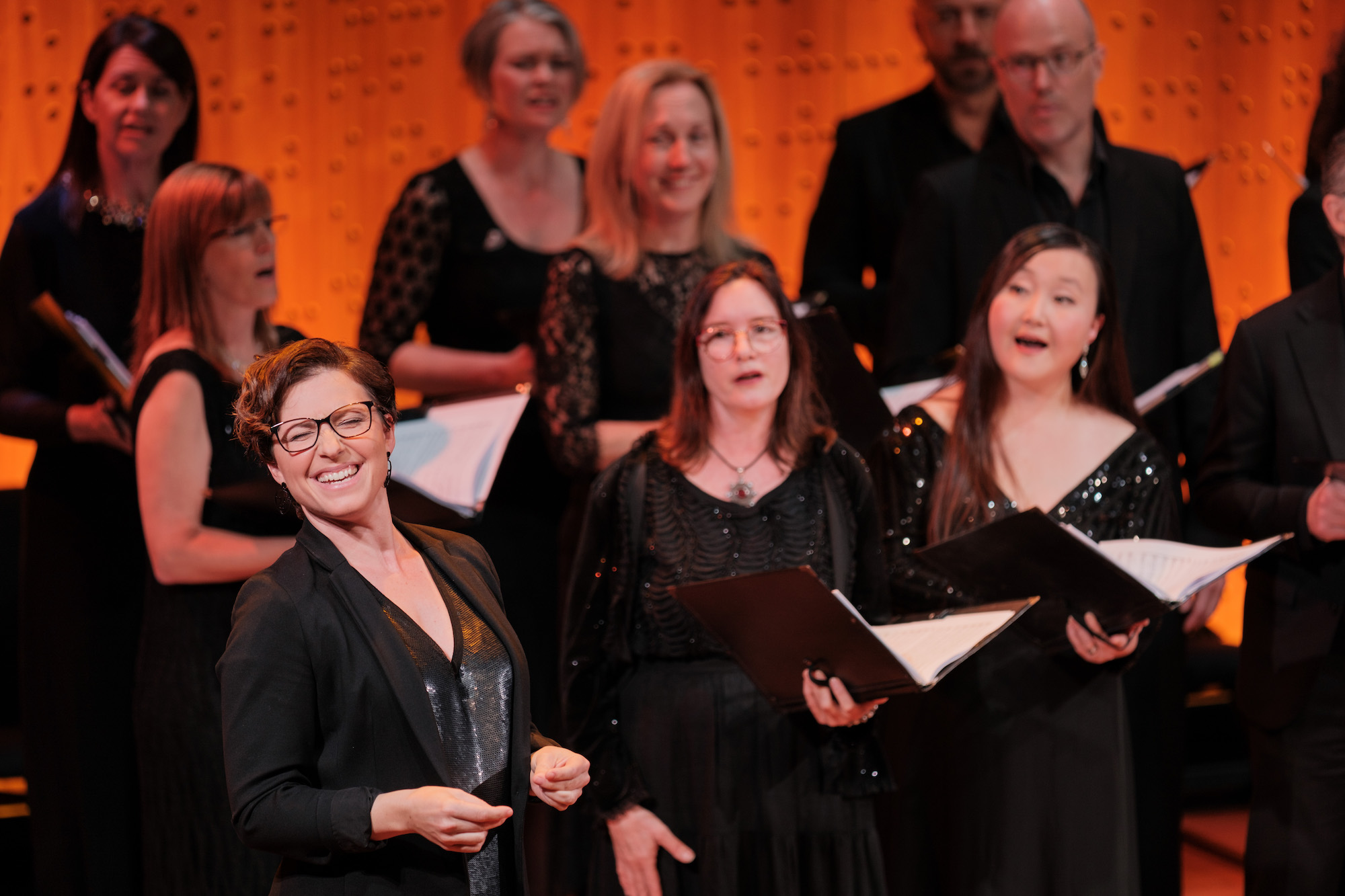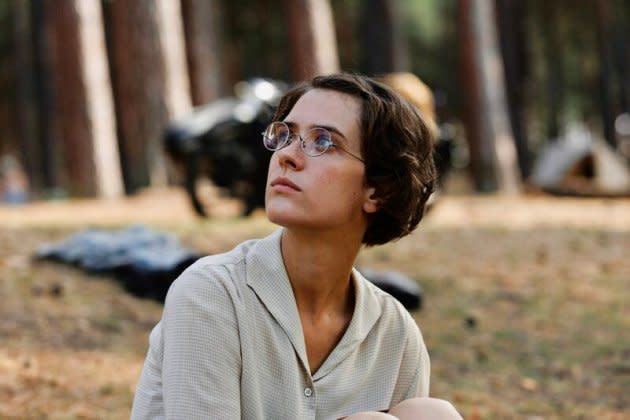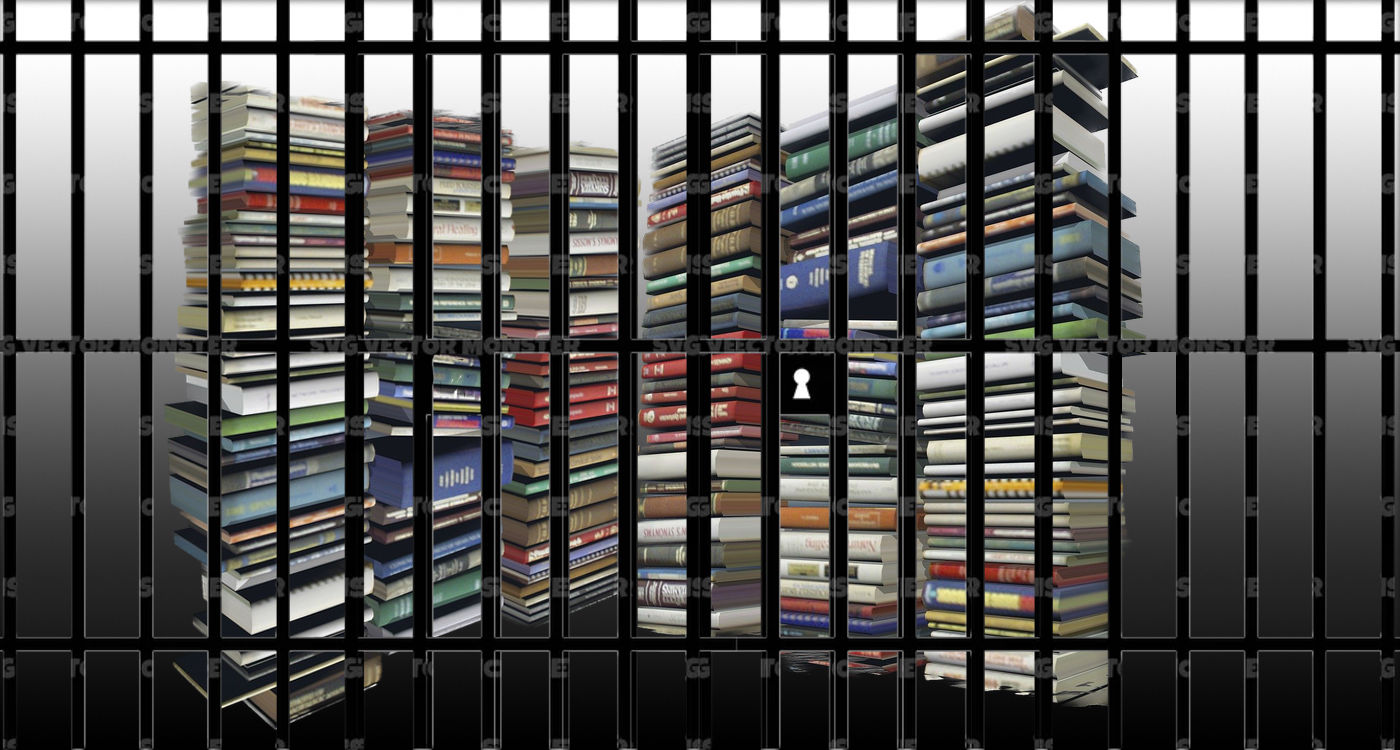
Welcome To Glebe
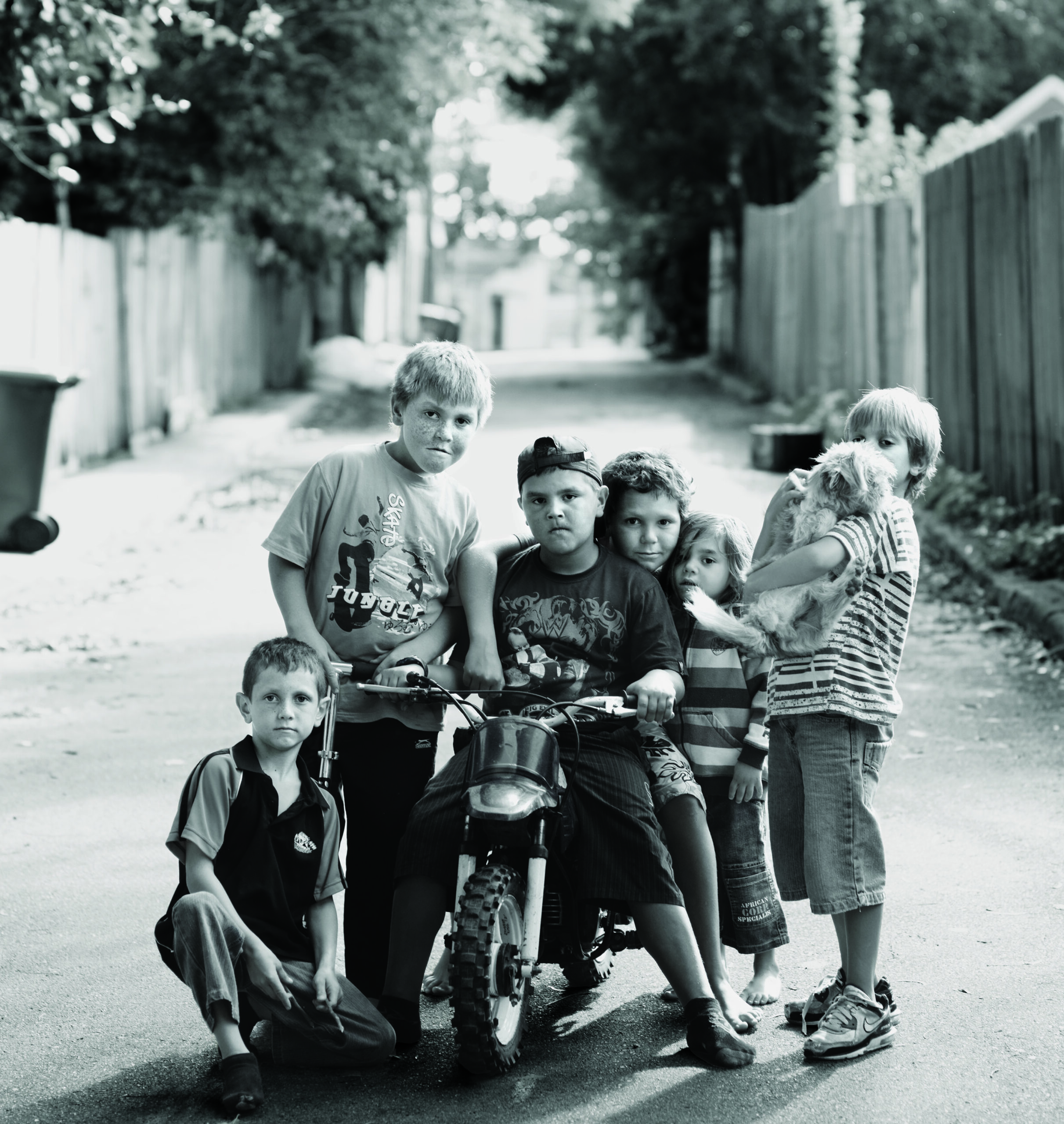
By Rita Bratovich.
“We thought we were doing a portrait of Glebe, but over the last seven years we came to realise, we’re really doing a portrait of the community.”
This is how Tom Psomotragos sums up his photographic exhibition, Welcome To Glebe, an installation of local portraits that will run as part of the prestigious Head On Photo Festival in May. Psomotragos and facilitator Eulalie Moore began the project in 2009 when Glebe was celebrating its 150th year as a suburb. Paul Angell, then president of the Glebe Chamber of Commerce, noted photographer North Sullivan and Psomotragos wanted to celebrate the anniversary by taking 150 photos representing Glebe and its residents, and displaying them in shops, cafes, on fences, in public buildings and spaces.
“The idea originally was to capture the coffee culture of Glebe as a project…I showed North a book called Faces of The Twentieth Century [a collection of portraits by major photographers] and said ‘I’d love to do something like this for Glebe’ and it went from there,” says Psomotragos.
Sullivan took colour photos and Psomotragos focused on black and white. The project was so well received that it was repeated the next year. Moore and Psomotragos have since continued it unfunded, out of genuine pride and enjoyment, and also as an act of historical imperative.
“We are looking at putting all the works together and seeing whether the state archives are interested, because it’s a celebration of the diversity of the community,” says Moore. She remarks that many businesses in Glebe that have existed for decades may soon be gone due to inevitable gentrification and development. Both she and Psomotragos are acutely aware of the significance of these photographs in capturing the profile and personality of an iconic part of Sydney at this particular moment in time.
Psomotragos lived in Glebe for 18 years and feels very connected to the suburb. Moore has also spent many years in Glebe, as an active resident and member of the Chamber of Commerce. Not only are they both very familiar with the streets and landmarks, but they know the people who are just as inherently a part of this inner city suburb.
“What this is about is photographing our neighbours, photographing our shopkeepers, photographing people we rub up against in our living process,” explains Psomotragos. “It’s kind of like getting into the heart of an area… something very intimate coming through in that you’re seeing people being themselves.”
The photos are indeed, poignant and revealing. Almost all of them are in black and white, which Psomotragos believes, allows the focus to fall on the person in the photo. “Most of the time, the colour distracts away from the story of the person.” However, there are a handful of occasions where colour is part of the story, for instance, one subject whose colourful clothes complemented her colourful hair.
The photos are also gritty and organic. All bar three were taken in natural light with little or no editing or post production, giving them a strong feel of authenticity. Psomotragos broke with his usual rule of asymmetrical composition, choosing instead to place his subjects at centre, emphasising their indisputable importance in the story.
Another technical choice was the very high resolution, with some file sizes being close to 200MB. The intensity and clarity achieved is stunning. Psomotragos cites one half length portrait of a Sierra Leone grandmother he was working on. He says that when he zoomed in on the image:
“I could actually see myself reflected in her eye and I could see a person walking around behind me in the street.”
The subjects themselves are a demographic melting pot and include shop keepers, business people, kids, elderly and the homeless.
“And they’re definitely not all happy snaps…” says Moore, describing the candour in the photos and with that, the incredible amount of rapport building and trust required to encourage people to be involved. One thing that worked in their favour was the connectivity within the community.
“When I ask people if they’d like to be part of it and I show them some of the photographs that we’ve had, they go ‘oh yeah, I know this person, I know that person’… even if they don’t necessarily know them, they recognise faces,” explains Moore.
Having people like respected indigenous member, Kathy Farrawell on side meant they were able to make contact with and gain consent from people who would never otherwise have agreed to be photographed.
Moore and Psomotragos have made sure everyone photographed is comfortable with the way they have been portrayed. Many of the photographs are being placed in venues frequented by the subjects, so it is vital that no one feels vulnerable or mocked. The subjects will be receiving a signed copy of their photograph. Psomotragos is also creating a book, deliberately using low-quality newsprint to enhance the grittiness of the photos. The book will be placed in different venues and will feature all the photos for people who can’t get to see the whole exhibition.
Being part of the Head On Festival means higher visibility for the project and for Psomotragos as a photographer – self confessed as a renegade in modern gallery circles.
“I think it can tie my approach back into the mainstream of creative, artistic photography… it exposes the general public to it… Don’t do any trickery, don’t go into high key colour, don’t do anything seductive, but see these people as they are.”
May 5−17, The Shop Gallery, 112 Glebe Point Rd, Glebe, and various other venues. Info: https://www.headon.com.au or http://www.tompsomotragos.com/





